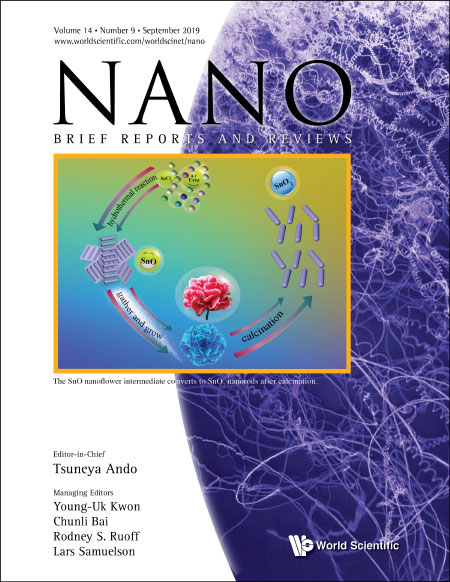Enhanced Visible-Light Photocatalytic Degradation of Antibiotics by MoS2-Modified U-g-C3N4/T-g-C3N4 Isotypic Heterojunction
Abstract
Based on U-g-C3N4 (U-gCN) and T-g-C3N4 (T-gCN) prepared with urea and thiourea as raw materials, respectively, a visible-light-driven MoS2-modified U-gCN/T-gCN/MoS2 (UTM) ternary heterojunction photocatalyst was successfully prepared using a sonication and bathing method. The photocatalytic activity of as-prepared photocatalyst was evaluated through the degradation of tetracycline hydrochloride (TC) and Rhodamine B (RhB) under the visible light irradiation. The UTM ternary heterojunction showed remarkably enhanced photocatalytic activity. For the degradation of TC and RhB, the degradation rates of 93.9% and 99.9% have been achieved after being irradiated under visible light for 2h and 1h, respectively. The enhanced photocatalytic performance can be ascribed to the role of loaded MoS2 cocatalyst and the well-formed interfaces between U-gCN and T-gCN, which not only enhance the light absorption, but also accelerate the separation and transfer of photogenerated electron–hole pairs. Furthermore, UTM ternary heterojunction has excellent recyclability and chemical stability. The photodegradation rates of 89.9% and 96.78% of TC and RhB have been obtained, respectively, after being reused for five times. Sacrificial agent tests demonstrate that •O−2 is the major reactive species in the photocatalytic reaction system.



